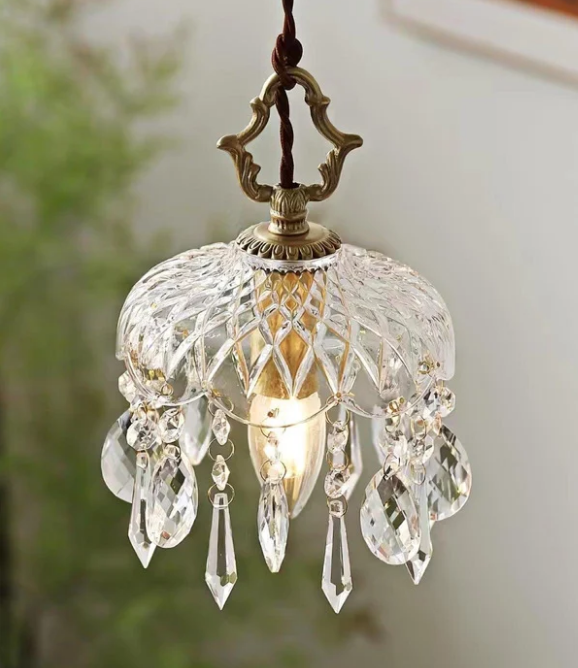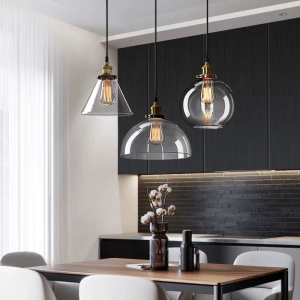
Pendant Light Vs Downlight
In the lighting design world, deciding between a pendant light and a downlight depends on a lot of things. You need to consider the aesthetic and functional priorities of the space, the installation context and the budget for the project.
As the name suggests, a pendant light is a fixture that hangs from the ceiling on a chain or cord. They come in a variety of shapes and sizes, but all serve the same purpose: to be sculptural fixtures that double as a lighting source.
A pendant can be single or multiple in number and is available in a wide range of finishes. Most commonly, they have a metal frame that houses one or more lights. They can also be multi-light or even a chandelier style fixture that uses multiple bulbs to create a stunning visual effect.
Typically, pendants sktong are installed at least 7-feet from the ground and 30-inches above work surfaces such as kitchen islands or tables. They can be hardwired or plug-in, but the latter tend to require longer cords that may become visible in your overall design.
Another important consideration when deciding between pendants and downlights is energy efficiency. The type of bulb you choose will play a huge role in the amount of electricity it consumes and how much heat it emits. Additionally, the fixture’s design will also have a significant impact on how much heat is generated.
Downlights are a more general type of illumination that is built into the ceiling and shines downwards. They can be flush mounted or recessed, and they are often used in hallways and foyers as well as bathrooms. They are also a common choice for kitchens and they can be fire rated or IP-Rated.
A downlight can be LED integrated (no need for a bulb), or it can accommodate a standard light bulb. If you decide to add a bulb, you can choose from a wide range of color temperatures. This is important because the temperature of a light bulb can affect the atmosphere in a room. A cooler white is more calming and refreshing, while a warmer white will make the space feel cozy and inviting.
Both downlights and pendant lights can be used for task lighting in a space, but it is important to complement them with other types of lighting such as wall and floor lamps. This will provide a more balanced look and also allow you to use other sources of light for mood and accent purposes. In addition to this, you will want to consider how you will control the lighting in the space. For example, how will you turn the lights on and off, and will you have a way to dim or brighten them when needed? This can help you save energy and money in the long run.

